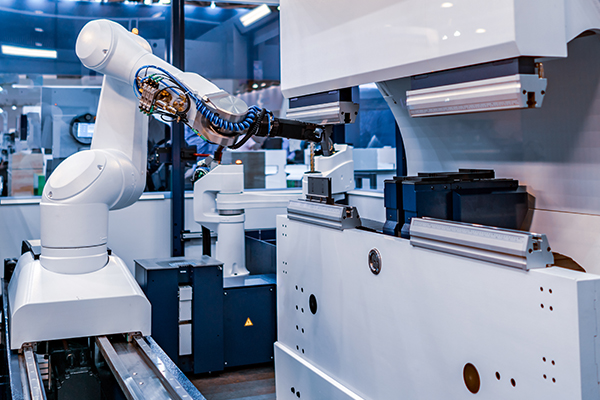In the field of fluid control, mechanical valves play a basic and key role. Its essence is a device that manages the on-off, flow direction or flow of fluids (including gas or liquid) through purely mechanical structural actions. The core is to use the physical displacement of movable parts (such as valve core, valve plate, valve ball, etc.) relative to the internal flow channel of the valve body to change the opening and closing state or shape of the flow channel.
The action of the valve is usually driven by an external mechanical force, such as manually rotating the handwheel, pulling the lever, or receiving the thrust/torque from the actuator through a mechanical linkage mechanism. This driving method directly causes the position change of the internal opening and closing parts to achieve precise coverage or opening of the flow channel section.
Its core function is to establish or block the flow path under specific conditions according to the operating instructions, or to guide the fluid to flow along a preset path. Its performance depends largely on the design of the internal structure, the precise matching of the moving parts, and the ability of the material to withstand the fluid medium and environmental conditions. As the basic control node in the fluid pipeline network, the mechanical valve is a common execution unit to achieve system isolation, flow allocation, pressure management and safety protection functions, and is widely used in various industrial systems and process devices.


